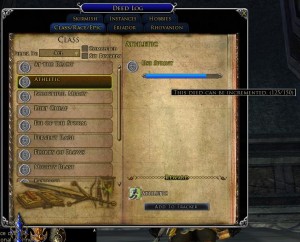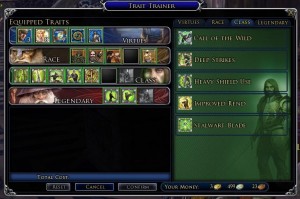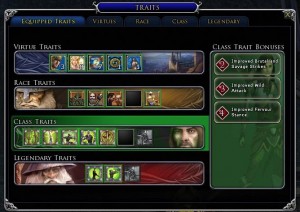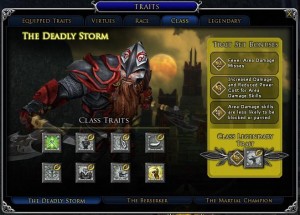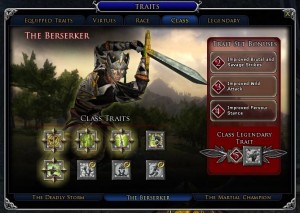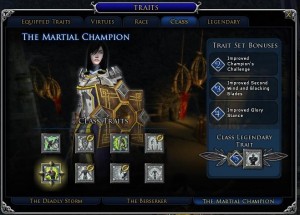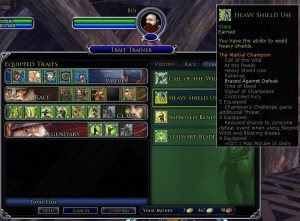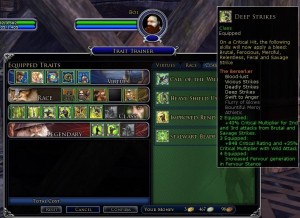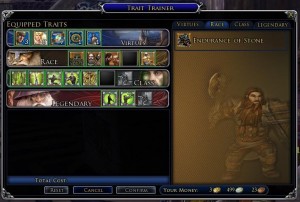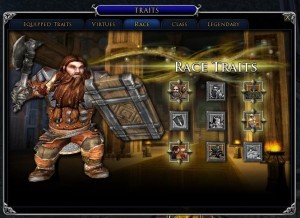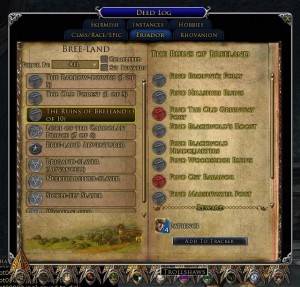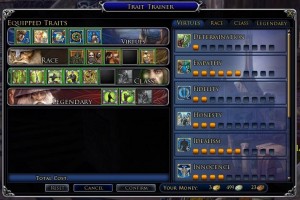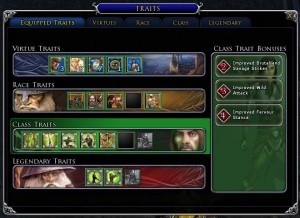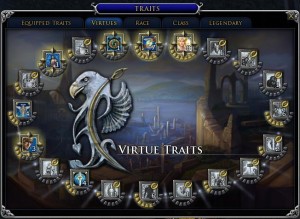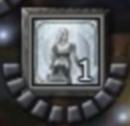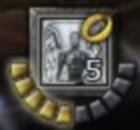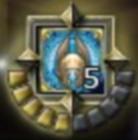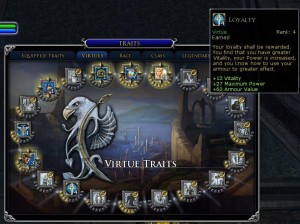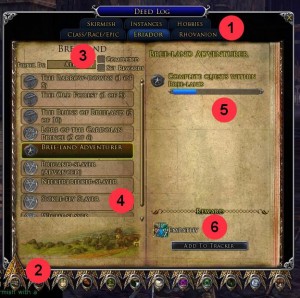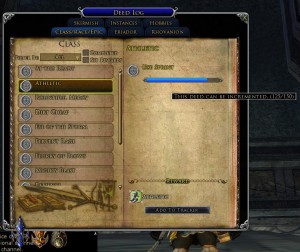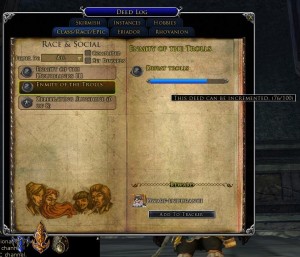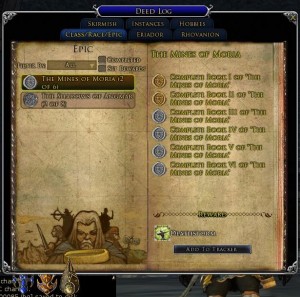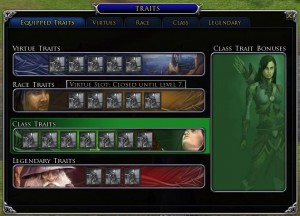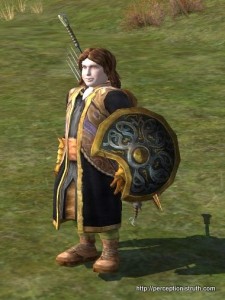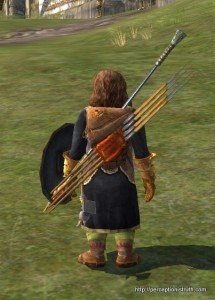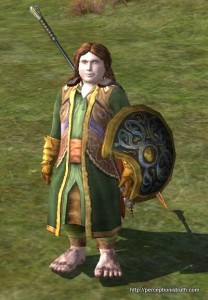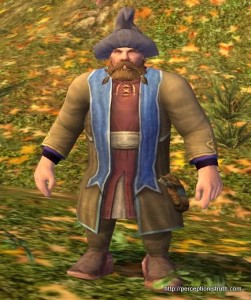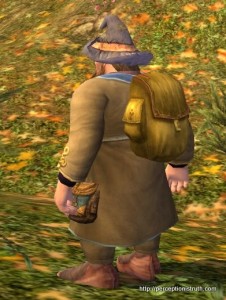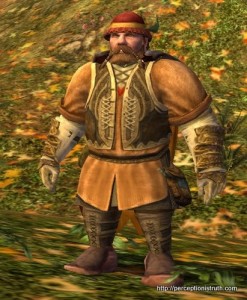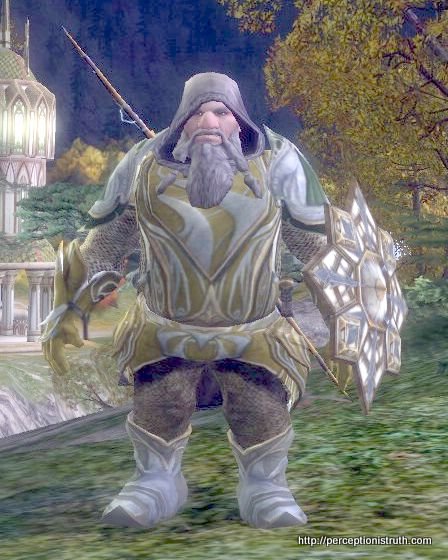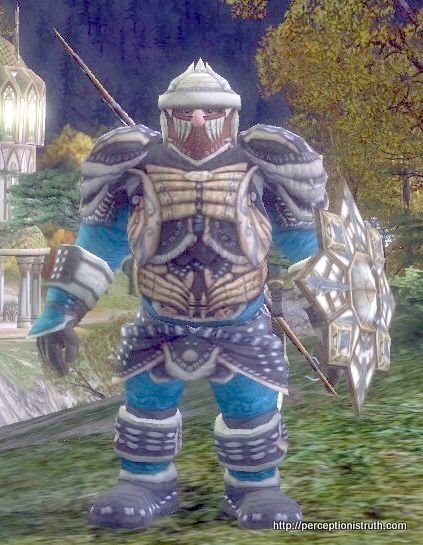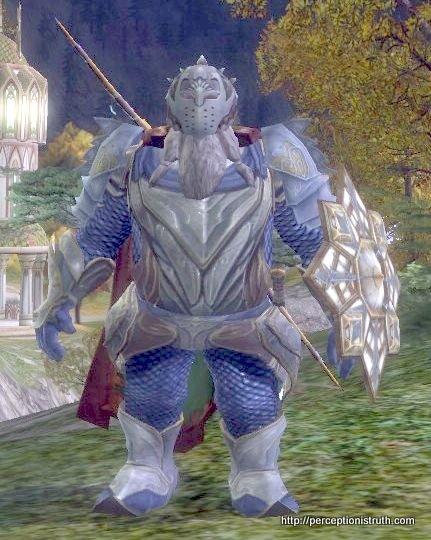This post started off short, but grew so I had to break it up into different posts. You can check out part 1 here, and you can see all the articles in this series here.
Commodore VIC-20
The only thing I really remember about the VIC-20 is that by the time the C64 came out (the VIC-20 was still on sale) it was mentioned in slightly embarrassed tones. “Oh yeh, I have a Commodore [vic20]”.
Commodore 64
The C64 came out a few months after the Spectrum but it was far more powerful. The graphics and sound were more powerful than IBM PC clones at the time, and it sold about 30 million units. While it was known for it’s games, the machine was also used by industry and science.
I never owned one, but I knew people who did, and I played games on the C64 a few times. For the most part they looked and sounded better than the Spectrum, but game-play tended to be translated directly across, so bad Spectrum games turned out to be bad C64 games. Sometimes limiting features in the Spectrum hardware meant the same game on the C64 was significantly better, but for the most part it was generally the look and sound of the games. At the time, I didn’t really appreciate the price difference (~£400 for a C64 and ~£175 for a 48K Spectrum) and in the UK the price difference meant the Spectrum was dominant for quite a while.
I think Uridium is a good example of how the C64 was superior in many ways to the Spectrum – a more colourful and exciting sounding game on the C64.
Commodore 64 version
Spectrum version
It’s actually quite cool being able to check out the differences between the platforms visually and with audio, because in 1983 all you could do was look at pictures in the magazines and listen to your mates (unless you went around and watched them).
Atari 2600
Before I started writing this I hadn’t really appreciated how old the Atari 2600 was, and hence how dated the games looked. For some reason I half thought it was newer than the 400/800’s, but it was earlier, around the same time as the IntelliVision. I never had an Atari 2600, but a friend from school did (I must have been around 11 or 12 years old). At lunch time we’d go to the chip shop then head to his house to play on his Atari 2600. Or, more often, watch him play. The 2600 had all the classics, Defender, Pitfall!, Pole Position (which I remember playing at lunchtimes).
I remember being really excited about the Atari 2600, it looked so cool, it was such amazing technology and sitting in my friend’s cramped bedroom staring at the amazing sprites it seemed like the future really had arrived.
Looking back, it’s got super-blocky graphics and basic sound. Really, my memory of it was so much better.
BBC Micro B
Ah, the BBC Micro B, it seemed so grown up! I think everyone in my generation met these computers for the first time at school. They seemed to be the defacto standard for educational establishments in the UK. Just as I was getting into my O’Levels, the school started using BBC Micros, and they formed an ‘IT Department’. In our history lessons we used the BBC Micros to play some kind of sea faring game that was intended to teach us the complexity of discovery by sea (having enough rations, for the most part). I remember being taught ‘word processing’ and ‘spreadsheets’ long after I’d learned to write my own on the Spectrum. Mostly we got taught how to use them by the maths teachers, who seemed to be the default IT teachers at the time.
Later, when I was in the 6th form, the Business Studies class had a few of them, and I used to hang out in that class and help with the IT side. I ended up writing a terrible little programme to ‘simulate’ playing the stock market, it had a bunch of companies, and share prices moved in random directions, and you could buy and sell stock. It seemed like the bees knees at the time.
It was also the first time I heard a computer play good music, we had a disc with Eurythmic’s Sweet Dreams on it. It was amazing. We also had a disc with Chuckie Egg and some other stuff, and when I wasn’t helping with the lessons I would sit and quietly collect little piles of chicken feed and some eggs.
Compared to the computer I had at home (still a Spectrum) at the time, the BBC was more sophisticated. It had a floppy disc drive for a start and I was still using tapes on my 48K Spectrum (I never got the later Spectrum models which had discs). I ended up with a rather large collection of floppy discs with various bits of software on them. The keyboard was more industrial as well, I’m sure if you were used to the C64 and similar it was normal, but for a 48K Spectrum owner the BBC Micro was like a real computer keyboard. Programming on the BBC was both easier and more powerful than the Spectrum, and I really took to it (aka the aforementioned share trading thing), and I still remember some of the *FX commands you had to use.
The BBC Micro had a 6502 processor, and I learned my first assembler on that thing. It was also the model we used to learn the Fetch-Execute cycle when I did A Level Computer Science.
All of these things however, pale into insignificance when you realise the true power of the BBC Micro. Micronet and Prestel access. Using a modem, the first time I’d ever seen one, you could connect the BBC Micro to some central service and you could look at information, and, you could play games. More importantly, you could play multi-player games with other people. Real people. At the same time. SHADES. There’s surprisingly little information easily at hand about the original version of SHADES, which is a real shame. But I found it, and I played it. I spoke to real people at the other end of a computer, we talked about treasure and we fought the bad guys. I had an avatar. I was hooked – and that experience would never leave me.
The instant communication with other people, live across the UK, the ability to talk to someone in Manchester while I was in Newcastle was just amazing. To be able to do it while playing a game – well, it was frankly unbelievable.
Long after I’d left school, and while I was working my way through university, the BBC Micro B would rear it’s head again at British Steel Research in Swinden Rotherham. At least one of the departments there were using the BBC Micro to analyse data and carry out experiments. I forget many of the details but I was impressed at the time about the longevity of the thing and how useful it was.
And least it ever be forgotten, the BBC Domesday Project. An early attempt at recording a lot of information on computers and making it available to people. Sadly it’s suffered from technology lifespan issues, but at the time it was ground breaking and an incredible feat.
But for me, the BBC Micro B will be remembered for two things. Chuckie Egg, and talking to someone working in an office in Manchester (a solicitor if I remember, playing a character called Peardrop or something similar, in a fantasy world) while I was sitting in a classroom in Newcastle.

